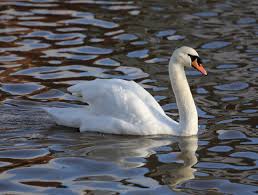 Mute swan - en.wikipedia.org
Mute swan - en.wikipedia.org The colourful ceremony of Swan Upping takes place in the third week of July on the Thames between Sunbury in Surrey and Abingdon in Oxfordshire. The Swan Upping, the annual counting of her royal brood of swans, is a tradition that goes back more than nine centuries. During the census, the Swan Marker and his assistants spend five days travelling up the river in traditional rowing skiffs, tagging and counting the adult swans and their cygnets and checking their health.
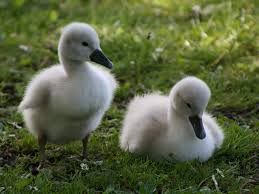 Cygnets - en.wikipedia.org
Cygnets - en.wikipedia.org I condemn wanton destruction of any sort, and worst of all harming wildlife. What are the youngsters thinking? Has nobody taught them about the sanctity of life? If they want target practice, they should use a can, not aim at a defenceless creature.
Swans are part of the same fowl family as geese and ducks; there are about six species in the swan genus, including the mute swan, North America's trumpeter swan, and the whooper swan. Males are cobs, females are pens, and the young are called cygnets; and they normally mate for life.
The first documented mention of the royal swan prerogative was in 1186, however, there is some evidence suggests the bird was royal property before then. In 1482, that status was legally defined by the Act of Swans, and anyone who was not the king or given permission caught with a swan could face imprisonment.
Initially, Royalty kept swans for food, though the birds tended to be reserved for banquets and feasts.
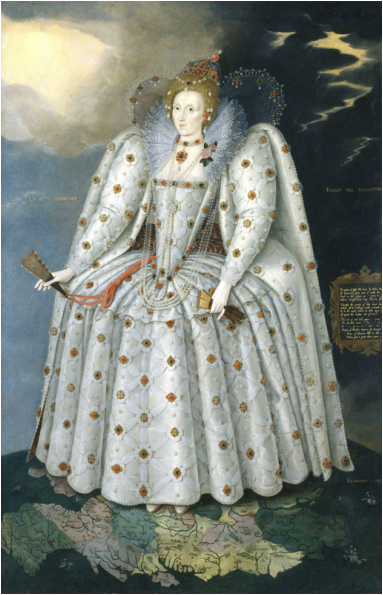 Queen Elizabeth I by Marcus Gheeraerts the Younger. en.wikipedia.org
Queen Elizabeth I by Marcus Gheeraerts the Younger. en.wikipedia.org Royal ownership of the swans was primarily derived from the belief that swans, especially cygnets and young swans, were tasty although reports on the flavor vary from being tough, chewy and fishy, to being a bit like goose-flavored venison.
I can't help but mention the similarity of Queen Elizabeth's costume and a stuffed swan.
But swans are not food for the common people's table. No, I'm not bitter—especially if they taste anything like a goose. When we lived in Robe, South Australia, I tried to cook a goose in a wood stove for the midday Christmas meal back in 1974. My effort had disastrous results. The oven never reached a high enough temperature. I can still remember the nauseous smell permeating through the old house we lived in. The end result was inedible, so we took it to the local shop that sold hot chicken and asked them to finish it off. Much better—they endured the smell and we ate a delicious roast bird that evening.
In the colony's early days in Australia, people would hunt for anything they could eat. My grandmother told me about many a time when a swan would grace their table.
Have you ever eaten swan or goose?
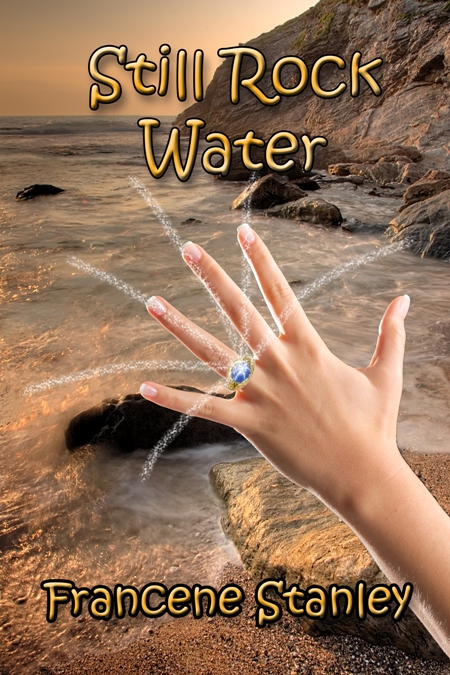
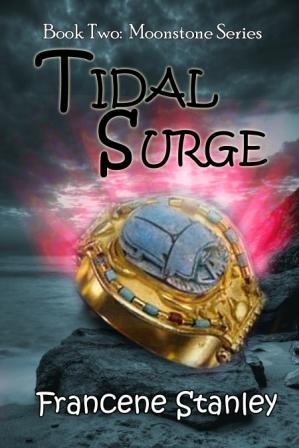
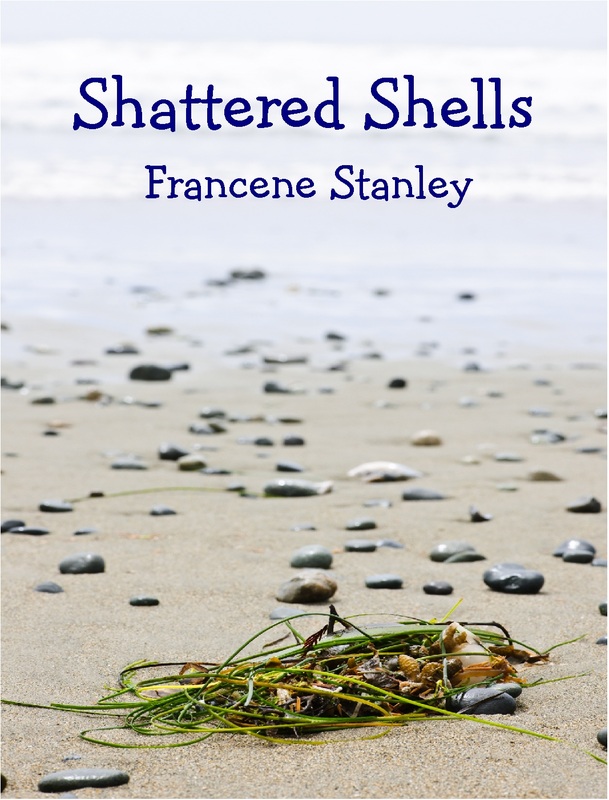
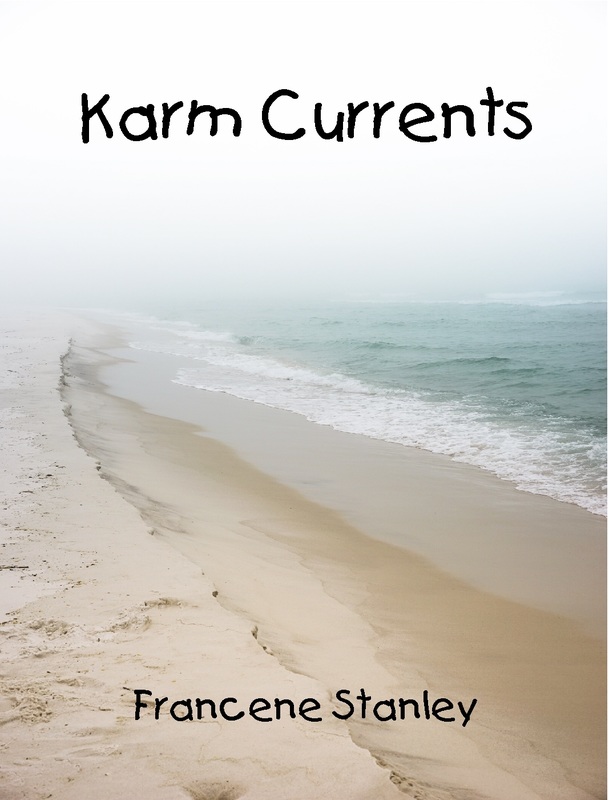
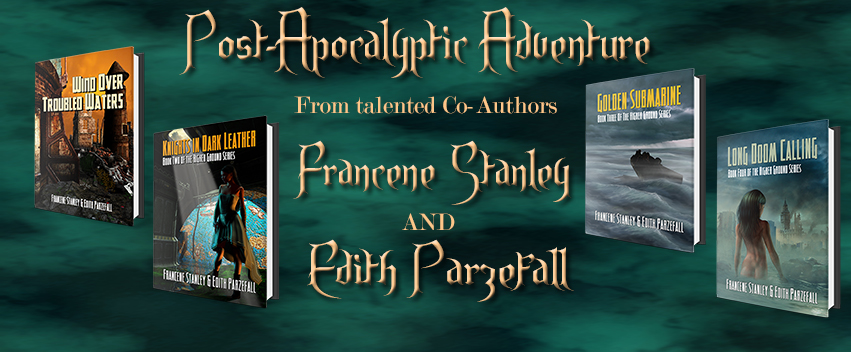
 RSS Feed
RSS Feed
